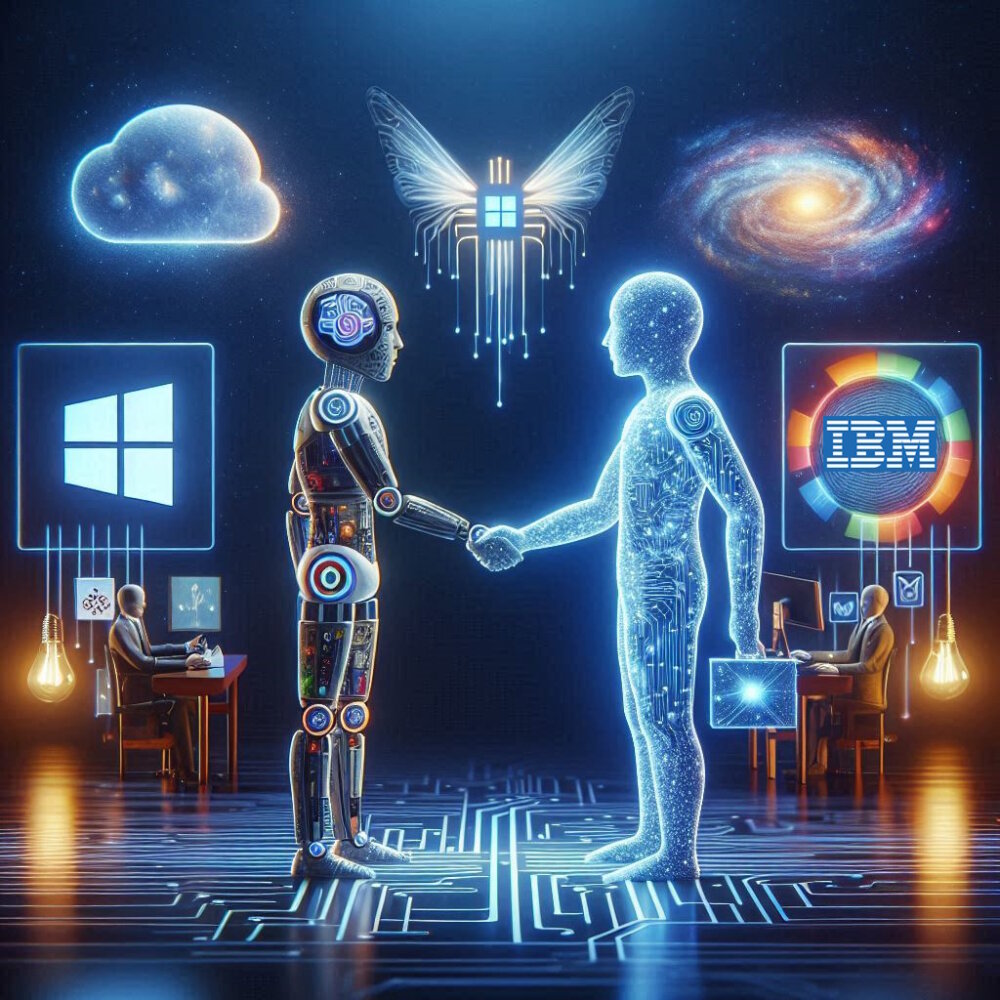
Hailing Total Recall’s robot taxi
TechFinitive x FlashForward is our exclusive newsletter. Every fortnight, we pick a technology featured in a classic movie and fast forward to where it’s at today. Subscribe to it on Substack so that you’re notified every time a new edition goes out. This edition was originally published on the 14th of October.
Flashback: It’s 2084, and construction worker Doug Quaid (Arnold Schwarzenegger) is having a day to forget. He’s had his memories messed with, his wife just tried to kill him, and it turns out he might be a spy from Mars. Trying to escape, he leaps into a Johnnycab: an autonomous vehicle complete with a robot “driver”.
Equipped with a peaked cap and pre-programmed responses like “Hope you enjoyed the ride” and “Fasten your seatbelt!”, the robotic Johnnycab looks like a 1950s ventriloquist’s dummy. Until Arnie pulls its robot head off, grabs the joystick and speeds away.
Flashforward to today: Johnnycab is part Uber, part self-driving (and electric) car, part humanoid robot, and part voice recognition system. Yes, Johnnycab is kind of already here. But it also has some distance to go.
Autonomous taxis have been plying their trade on actual streets since 2016 when a company called NuTonomy launched a pilot programme in a limited area of Singapore (followed by a trial with Lyft in Boston). The company has since been absorbed into Motional, a joint venture between Hyundai and Aptiv which has operated in Las Vegas since 2018. Today, you can use either Lyft or Uber to jump into a self-driving electric Hyundai Ioniq 5 and cruise the Vegas Strip.
This year, Motional’s robo-taxis upgraded to carry fares at night. Autonomous cars negotiate the roads thanks to a suite of sensors including dozens of high-resolution cameras, but night-time driving involves lesser-used sensors like radars and lidars that can “see” in the dark.
Motional also gives passengers the option to change the car’s settings through the app, even presetting the temperature before they get in. And if you think that’s clever, here comes the inevitable AI element.
If the vehicle encounters something unusual, like a flooded street or a mattress falling off a truck, the car connects with what Motional calls Remote Vehicle Assistance (RVA). Motional says RVA is hooked up to machine learning AI, so the fleet of connected cars learns how to deal with such unusual encounters in future. But for the moment, a human gets involved.

“Contrary to popular imagination,” Motional’s Principal Engineer Greg Butron explained in a blog post in 2022, “RVA doesn’t involve team members with USB steering wheels driving vehicles remotely like in a video game… Instead of taking over the controls, we can send high-level commands to the vehicle’s onboard computer that guide our AV toward a solution. We can manually draw a path for the vehicle or suggest alternative routes and behaviours. But the AV system always remains in control.”
Self-driving cars must be safe for both the people in the car and the other drivers and pedestrians around them, and that means regulation. In 2011, the US state of Nevada became the first place in the world where automated vehicles could be legally operated on public roads, followed by Florida and California, and the UK laid down UAV legislation in 2018. But rules are far from universal: for example, Australia is looking at 2035 before autonomous vehicles will be regulated.
The stakes are higher than for the average beta test. Tesla, to name just one car manufacturer, has been embroiled in a number of legal challenges. Elon Musk’s company argues human error in several crashes involving its cars, but drivers blame Tesla’s Autopilot or Full Self-Driving (FSD) system. At a trial currently underway in San Francisco, lawyers argue that “a car company should never sell consumers experimental vehicles” after a Tesla Model 3 veered off a highway and crashed, killing the driver and injuring two passengers.
The advanced technology inside modern cars also means lots of companies now have a stake in your car, leaving you at the whims of Silicon Valley’s short-term business strategies. Carmakers and software companies are locked in a perpetual tug-of-war for control of your dashboard: for example, in March General Motors decided to end support for Apple CarPlay in its electric cars. And let’s not even get started on the privacy implications of all those cameras roaming the roads.
With Android Auto and Apple CarPlay connected to your car’s sat-nav, you can already tell your car where you want to go. The next generation of voice-activated in-car personal assistants will be even smarter.
In 2017 Honda showed off a concept car called NeuV which it claimed could read the driver’s emotional state and suggest appropriate music. Toyota is working on a smart assistant that can see how much a driver needs to concentrate on driving conditions and can hold back notifications until a quieter moment.
But what about the most memorable part of Johnnycab — its silly robot face? Johnnycab’s plastic face is impressively expressive, although the passenger can’t even see the robot’s goofy grin or eye-rolling at silly questions. Developments in humanoid robots are a subject for another time, but manufacturers are already adding personality to in-car personal assistants. This year, Mini created a digital bulldog called Spike as the face of its infotainment system.
Who should make one?
Most car manufacturers already are, overlapping with software manufacturers and ride-sharing companies. But safety is paramount in these complicated systems, so if you had to pick one you could do worse than Sweden’s famously safety-minded car manufacturer Volvo. A Swedish Johnnycab would definitely be less annoying than the one in the movie.
Fun fact
Johnnycab is voiced by (and designed to look like) actor Robert Picardo, who later played another artificial lifeform: the holographic doctor in Star Trek: Voyager.
The Travis Bickle Award for Fare Enforcement
When Arnie stiffs the fare, the Johnnycab robot bursts into flames and tries to run him over. In real life, of course, you’d probably pay automatically through your phone. It isn’t clear if the robot’s homicidal reaction is another pre-programmed response or a fault caused by Arnie tearing its head off, but frankly, you can’t blame Arnie after hearing the driver’s annoying whistling.
Verdict
Total Recall is a scathingly satirical movie and contrasts the automated Johnnycab on Earth with an actual human taxi driver in the deprived slums on Mars. Self-driving taxis represent an extremely clever combination of technologies, but it’s important to remember the human element in terms of jobs and safety.
Keep this ride going
Self-driving laws and regulations around the world
If robot taxis aren’t fast enough, how about jetpacks?
More on how AI is changing the world
- AI in aviation: how machine learning is keeping airliners flying
- How the world’s largest ports are using AI to keep the global supply chain humming
- AI in the kitchen: reducing food waste when even a little bit is way too much
NEXT UP

Alexey Kalachik, CEO & Co-Founder at Fively: “The potential for digitalisation within insurance is enormous”
We interview serial entrepreneur Alexey Kalachik, CEO & Co-Founder at Fively, on the future of fintech and what makes this space so exciting for startups.

IBM bolsters AI push with Microsoft Copilot launch
In a bid to boost its AI offering, IBM Consulting will enable enterprises to create and manage AI copilots – including Copilot for Microsoft 365

Andrew Kay, Director of Systems Engineering APJ at Illumio: “The most worrying development with ransomware is that it has evolved from simply stealing data to impacting IT availability”
Andrew Kay, Director of Systems Engineering APJ at Illumio, has 20 years’ experience helping organisations strengthen their cyber resilience. We interview him as part of our Threats series on cybersecurity.
